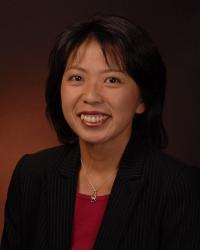World Englishes in the Multilingual World
Question: What do Tempe, AZ; Melbourne, Australia; Cebu, Philippines; Regensburg, Germany; Nagoya, Japan; and Potchefstroom, South Africa have in common?
Answer: All haven been chosen as host cities for the Conference of the International Association for World Englishes (IAWE).
The 19th Conference of IAWE will be held November 16-18, 2013, on the Arizona State University, Tempe, campus. “IAWE is committed to the study of the forms and functions of varieties of Englishes in diverse cultural and sociolinguistic contexts” (IAWE home page), treating each variety of English as legitimate, be it Australian English, Indian English, American English, Singapore English, Kenyon English, or another English. The theme of this year’s conference is “World Englishes in the Multilingual World.”
As noted by this year’s conference chair, Aya Matsuda, Associate Professor of Applied Linguistics at ASU, hosting the conference at ASU is especially appropriate because ASU is the only institution in North America with a PhD in Applied Linguistics whose faculty has multiple specialists in World Englishes.
Plenary speakers at the 19th Conference will be current IAWE President, Suzanne K. Hilgendorf from Simon Fraser University, Vancouver, British Columbia; S.N. Sridhar from Stony Brook University, New York; and ASU Emeritus Professor Terrence G. Wiley, President of the Center for Applied Linguistics, headquartered in Washington, DC.
In tandem with chairing the conference, this fall Matsuda will teach a World Englishes course, APL 691, open to master’s and PhD students both inside and outside the Department of English. The global focus of the course will include discussion of “language change, language policies, linguistic standards, language and power, language and culture, language and identity, literary creativity, and language imperialism.”
For more on APL 691, contact Matsuda: [email protected].
—Cornelia "Corri" Wells
Photo courtesy Aya Matsuda.
Fossil background image is Archaefructus liaoningensis, the earliest known flowering plant



